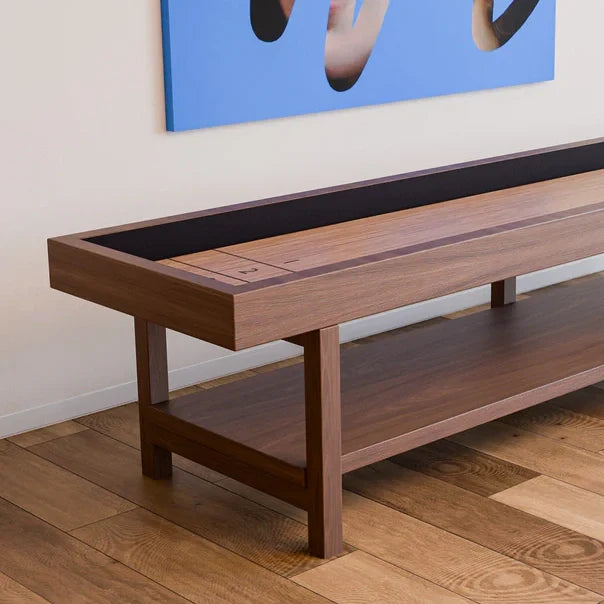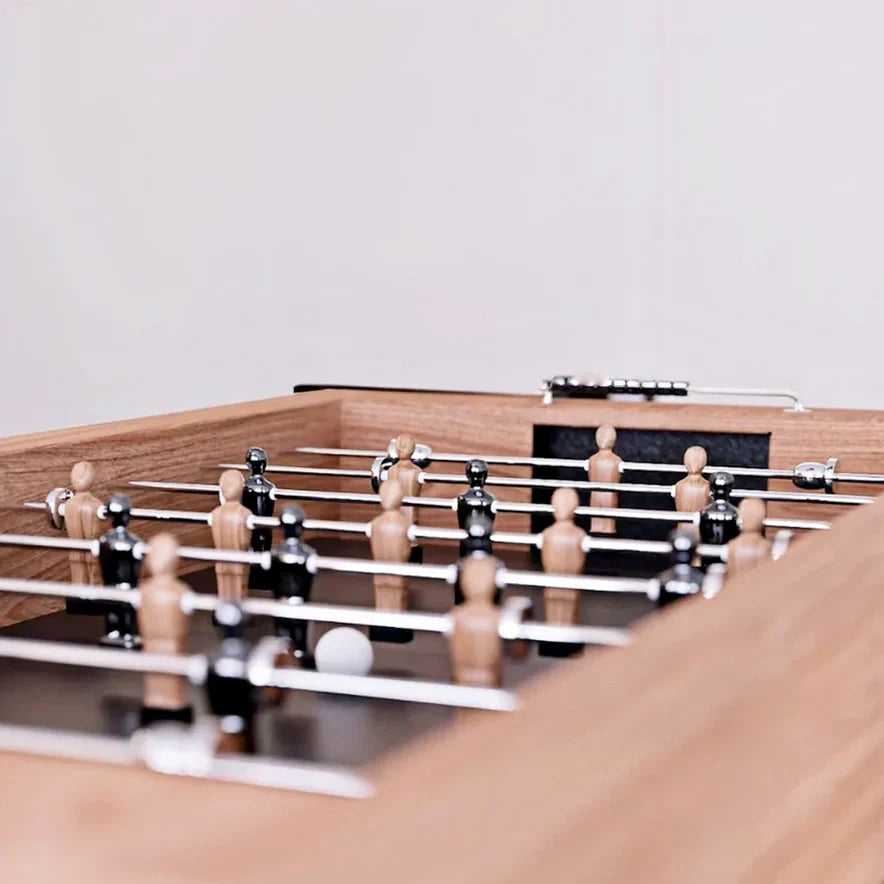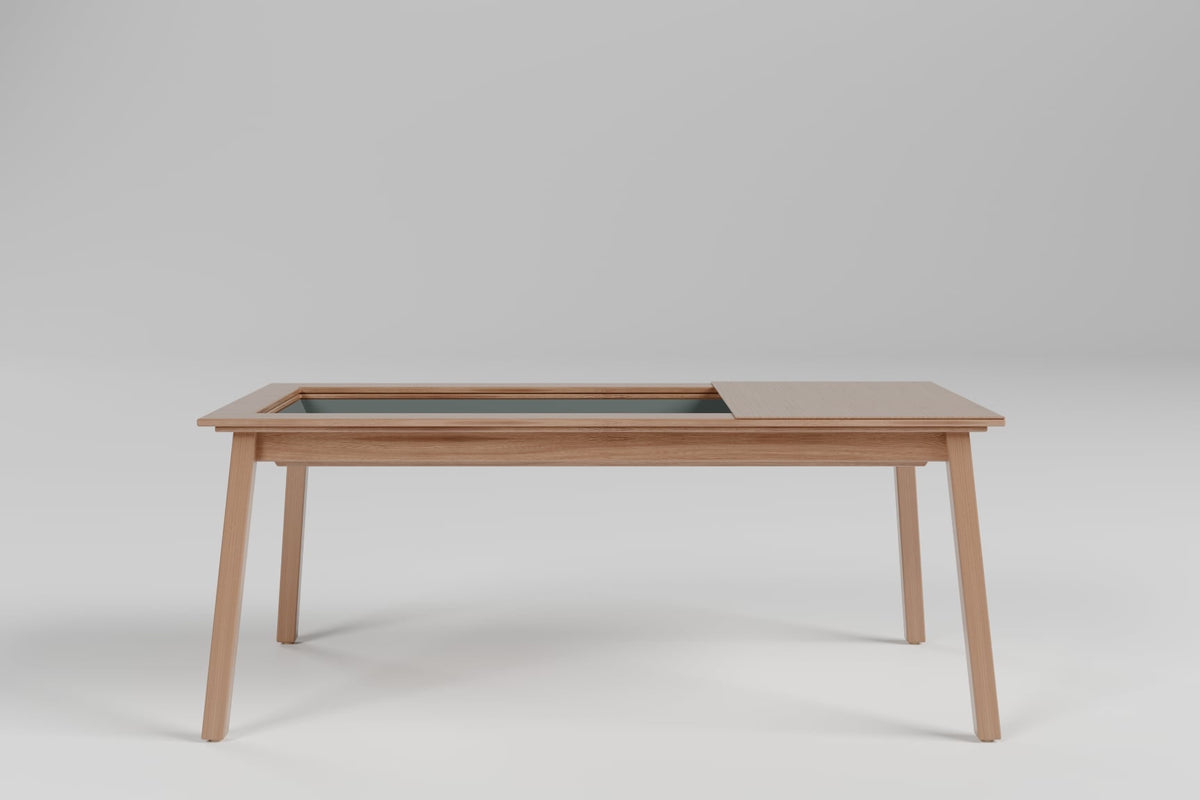The Myth of the 100 MPH Break
“He’s going to knock this ball in at 100 miles per hour…” These words, whispered by an ESPN announcer during a televised 9-ball match, ignited curiosity among billiards enthusiasts. Could a cue ball truly reach such blistering speeds? Dr. George Onoda, a research scientist at IBM and avid pool player, decided to find out. His quest to demystify the physics of the break shot—a study spanning video analysis, sound measurements, and frame-by-frame scrutiny—revealed a truth far removed from hyperbolic commentary.
The Science of Measuring Speed
Dr. Onoda’s groundbreaking research analyzed video tapes from professional tournaments like the 1986 Resorts International Open and the 1987 Brunswick 9-Ball Team Challenge. Using frame-by-frame tracking (each frame representing 1/30th of a second), he measured the time it took for the cue ball to travel from the break line to the rack. By calculating distance (standardized at 53 inches on regulation tables) and time, Onoda determined average speeds with precision—accurate to within ±0.25 MPH.
Key Findings
- Men’s Professional Breaks: Speeds ranged from 22 to 26 MPH, averaging 24 MPH. The fastest recorded break hit 26 MPH—enough to reach the rack in just 0.12 seconds.
- Women’s Professional Breaks: Players averaged 18–21 MPH, roughly 83% of male counterparts’ speeds.
- The 100 MPH Myth Debunked: Even the most powerful breaks fell short of baseball pitches (which exceed 90 MPH). As Onoda quipped, “The cue ball weighs twice as much as a baseball—imagine throwing that at 100 MPH.”
Why Speed Isn’t Everything
Onoda’s research revealed a paradox: while break speed matters, accuracy and energy transfer are paramount. High-speed breaks often scatter balls chaotically, but controlled strikes—even at slightly lower speeds—allow players to “load” energy into the rack, maximizing ball dispersion and potting efficiency.
“The difference between a 24 MPH and 26 MPH break is negligible if you’re hitting the rack off-center,” Onoda explained. “A precise strike at 22 MPH can outperform a faster, sloppier one.”
The Physics Behind the Break
Newtonian mechanics govern every break shot:
- Force and Momentum: The cue stick imparts kinetic energy to the ball, proportional to the cue’s velocity and mass.
- Friction and Spin: Side spin alters the cue ball’s trajectory but dissipates energy.
- Collision Dynamics: A centered hit on the lead ball maximizes energy distribution.
Modern Innovations and Legacy
Since the study, advancements like high-speed cameras and robotic cue systems have refined our understanding. Yet his core insight endures: mastery lies in balancing power with precision.
Conclusion: The Art of Controlled Power
The allure of the break shot—a thunderous crack echoing through pool halls—belies its scientific intricacy. Dr. Onoda’s work reminds us that billiards is as much about calculation as instinct.





1 comment
I’m a little confused by the mass of the cue affecting the momentum. I would think that the muscles in your arm are pushing the cue though contact with the cue ball and the cue is still accelerating but at a reduced rate At some point in the follow through, your arm starts to decelerate and the ball leaves the cue. I don’t see this as a situation where the ball is getting it’s energy from the cue by slowing it to a stop, but rather the ball is being accelerated by the muscles imparting energy through the cue and then the muscles actually must stop the forward motion of the cue. Does the ball leave the cue immediately after impact and acceleration stop at that point? It would seem like it must for your analysis to be correct. I used to be very good at this kind of analysis but I graduated from college (when I was at my best) early 70’s over fifty years ago so I apologize is my analysis is incorrect.